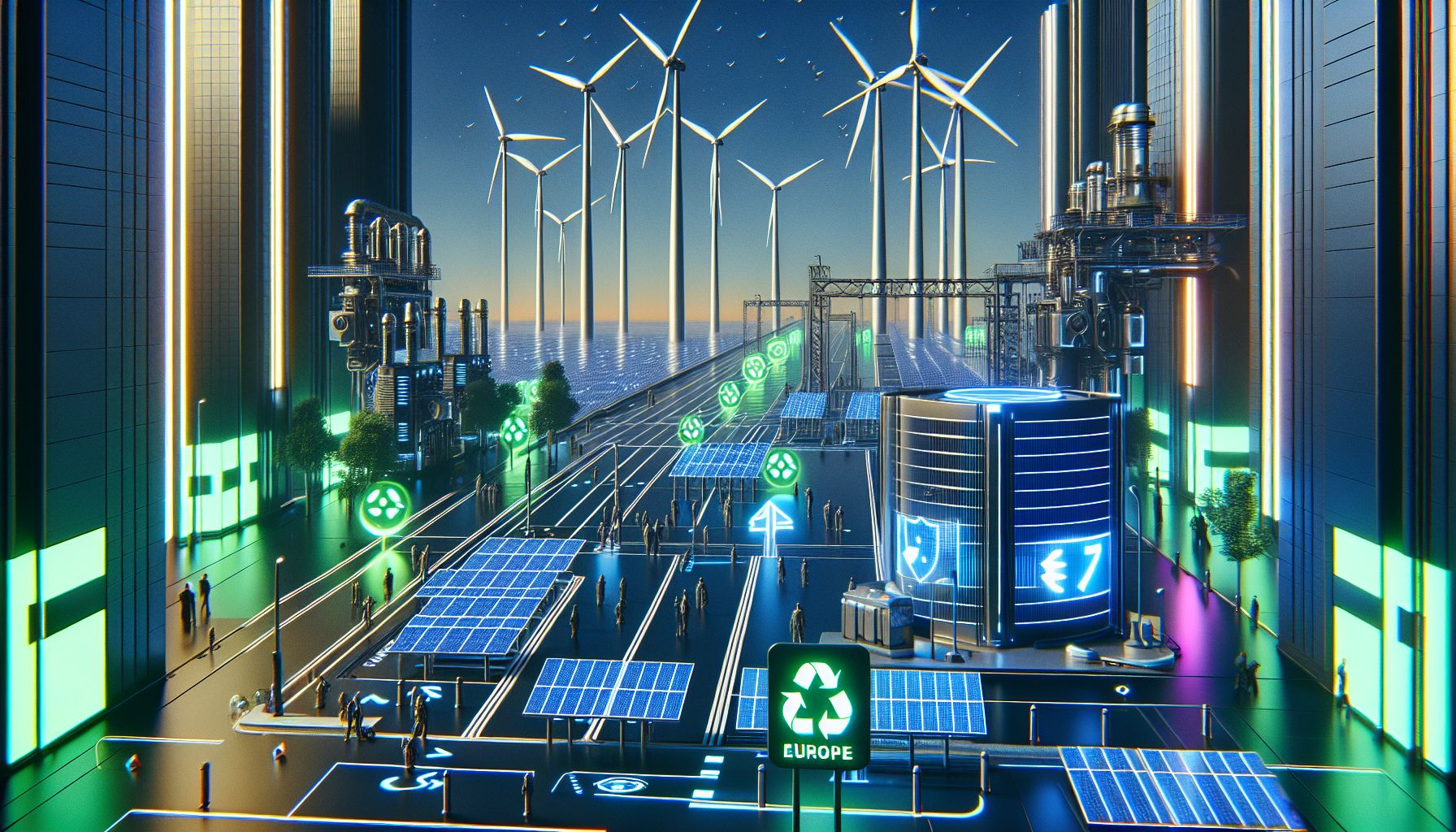Europe's Green Hydrogen Revolution: Outsmarting the Middle East?

London, Thursday, 23 October 2025.
Europe can now produce cheaper green hydrogen than the Middle East, thanks to a clever mix of wind and solar power. This shift could redefine the EU’s energy landscape and boost local industries.
Breaking Down the Cost Advantage
Europe’s ability to produce cheaper green hydrogen than the Middle East boils down to a smart combination of wind and solar energy sources. By optimising these energy sources, European countries can lower production costs, overcoming the natural advantage of solar-rich regions like the Middle East. This has been particularly significant as the cost of transporting hydrogen from the Middle East, coupled with ammonia shipping expenses, reduces its competitiveness [1].
Impact on EU Hydrogen Strategy
The implications of this shift are profound for the EU’s Hydrogen Strategy. The strategy aims for Europe to import 50% of its hydrogen demand by 2030. However, the ability to produce green hydrogen domestically at lower costs than importing it from places like Saudi Arabia suggests a need to reassess this approach. By focusing on local production, Europe could better exploit its renewable resources and avoid potential policy failures [1].
A New Competitor on the Global Stage
Interestingly, Europe isn’t the only player making waves in green hydrogen production. Countries like Brazil, the USA, and Chile are emerging as competitive producers, leveraging their unique geographic and resource advantages. Yet, Europe’s advancements in optimised energy mixes position it as a formidable competitor in the race for green hydrogen dominance [1].
Technological Innovations Fueling Progress
At the heart of Europe’s green hydrogen revolution are technological innovations like the PEM electrolysers, which are crucial for producing high-purity hydrogen efficiently. These technologies not only enhance production capacity but also ensure that green hydrogen remains a net-zero fuel source, crucial for meeting environmental targets [3][4].
Closing Thoughts
Europe’s burgeoning green hydrogen sector is a testament to how strategic innovation and resource optimisation can shift global energy dynamics. By potentially outpacing the Middle East in cost-effectiveness, Europe stands to not only bolster its local industries but also carve a significant niche in the global energy market. The journey ahead promises to be as challenging as it is exciting, setting the stage for a sustainable future powered by clean energy [1][3].